
by Mark Yon
Scenes from England
Hello again!
As I report, we’re on the countdown to Christmas here. I hope you had a good Halloween. I must admit that after last month’s surprisingly mediocre New Worlds, I was quite looking forward to picking up the new copy of Science Fantasy.
Politics seems to have calmed down a little after the shock election result last month. Mr. Wilson seems to be intent on trying to change the laws created by 13 years of continuous Conservative rule. Although he’s only been in office for just over a month, it is noticeable that there are changes, but at the same time obvious that major change isn’t going to happen straight away. Nevertheless, there has already been a vote to suspend the death penalty for murder in Britain, which should happen in 1965. I suspect that we will see more and possibly even bigger changes in the next few months.
In music, I’m pleased to let you know that after I wrote last time, Sandie Shaw has been replaced as Number 1 by…. the return of Roy Orbison and Oh Pretty Woman.

I really like it, so I am pleased.
Perhaps it is only fair that we see some quality American acts in our charts in return for our British exports. I understand that you’ve recently had a deluge of British acts hoping to emulate the success of The Beatles, including another Brit favourite, The Rolling Stones, who were on the Ed Sullivan Show a couple of weeks ago. Their singer, Mick Jagger, had a few moves to show you!

At the cinema I am pleased to write that I have had a stay of execution regarding the musical My Fair Lady. As sometimes happens, the trailers led me to believe that the movie would be here in the next couple of weeks. I now understand that the film will be appearing at my local Odeon in January. The good news then is that it gives me more time to come up with an excuse to avoid it, hopefully.
As we always go as a family to see a 'movie for Christmas’, it looks like the movie we will see as a family this year will be Father Goose, starring one of my favourites, Cary Grant.
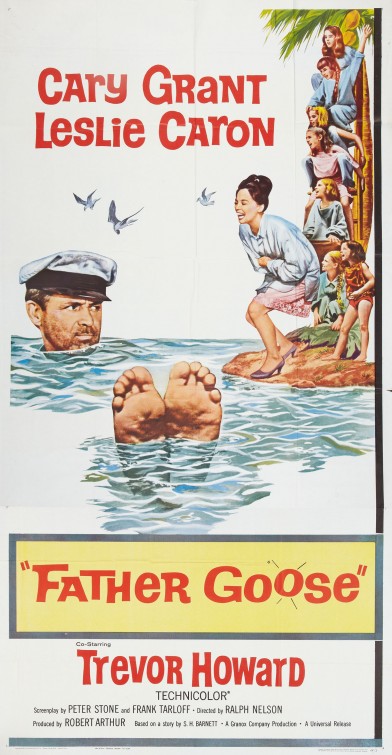
On the television the genre pickings have still not been many. I am still enjoying most of Doctor Who, and Jessica’s excellent reports on that series’ progress need no further comment from me, but my latest find this month has been another popular series for children. I am quite surprised how much I have enjoyed its undemanding entertainment, as Gerry Anderson’s Stingray has been shown on ITV. Be warned though – it’s a puppet series! Nevertheless, its enthusiasm and energy, combined with great music in a wonderful title sequence has made this unexpected fun. I understand that it has been entirely filmed in colour, although like the majority of the 14 million British households with a television, we’re forced to watch it in good old black-and-white.
The Issue At Hand

Just to reinforce the mythical theme, this month’s cover of a Bronze Centaur is quite striking and would not perhaps be out of place on the front of a History magazine. It is, of course to do with the second part of Thomas Burnett Swann’s serial, The Blue Monkeys (started last issue), of which more below.
The Editorial, like the snippet in New Worlds last month, extols the virtues of Brian Aldiss’s new novel Greybeard. I haven’t got a copy yet – Christmas is coming! – but I must admit that I like what I’m hearing.

The Editorial also seems to rate Charles Harness’s The Paradox Men as a superior Space Opera, although it has been around a while. I understand Brian Aldiss likes it a lot, and it sounds like it could be my sort of thing as well. Let’s hope that Santa is kind this year.
Other than that, the Editorial makes a valid point about not labelling book covers with “A Science Fiction Novel”, as if it is something to be ashamed of, and finishes with the good news that Science Fantasy may soon go monthly. Sales must be up, then.
To the stories themselves.
The Blue Monkeys (part 2), by Thomas Burnett Swann
The second part of this serial tells us what happens to teenage Thea and Icarus now that they are under the care of Eunostos, the Minotaur. This part of the story is written from the perspective of Eunostos. It appears that taking Thea and Icarus into his world has not been easy. Much of this part is about how bringing up Thaea and Icarus has changed his world, firstly by affecting Eunostos’s relationship with his friends Moschus the Centaur (presumably the cover star this month) and Zoe the Dryad and then when Icarus is coerced into bed by Amber the Thria. There’s some history – we are told how Eunostos knew the children’s parents and has been in the background of their lives since they were born, for example. The story ends when we discover what Ajax plans to do to get the children to return to the human world, which will no doubt be concluded in the final part next month. I really like this reinterpretation of ancient myths. The style is engaging and written in a wryly amusing manner throughout which appeals to my own sense of humour. What is still surprising is how adult in tone the story is – much of this is about getting the teenagers into bed, which was a little disconcerting, but on the whole this one reads as effortlessly as last month. So, like last time, 4 out of 5.
Room With A Skew, by John Rackham
To lesser things, now. The last time I read a John Rackham story was in New Worlds with his story Crux in November 1963, although he was in Science Fantasy in the July/August issue. This is a light story about the things mad inventors create – in this case, a means of creating extra space in a flat by accessing the fourth dimension. Doctor Who would not have this problem! It is a one plot idea that is better than the pun-ish title suggests, but really is just an amusing space-filler. 3 out of 5.
EJ Carnell – A Quick Look, by Harry Harrison
It’s nice to see the return of Brian Aldiss’s friend, editor and author Harry Harrison in this issue, although the subject matter of his non-fiction article is something less palatable to my tastes – recently departed New Worlds editor John Carnell. Despite my own personal grumbles about the poor last few issues of New Worlds, there’s no denying that John has had an impact on British SF and it would be wrong of me to not appreciate that, but really this is nothing more than a sycophantic promotional post for him. 3 out of 5.
The Charm, by Keith Roberts
Very pleased to see the return of this writer, who impressed me in the last issue. The Charm is another ‘Anita’ story, about the “very lovely but rather inexperienced” teenage witch finding her feet in a modern world. Think of her as a sexualised Sabrina the Teenage Witch (from Archie’s Mad House). This does involve her *cough* ‘finding experience’ in this story by being firstly captured by a witch-hunter and then going to bed with him. Using a witch’s power to make it work, the two use a Time Charm to travel backwards in time, where it all borrows heavily from H G Wells. The end of the story is a bit abrupt but generally Anita’s as amiable as she was last issue, albeit still with the annoying Granny. “I’m allus the same…” the Granny says. Quite. Whilst Anita as a character is an alluringly engaging enigma, and there’s not really a great deal to this story, The Charm is an entertaining read. 3 out of 5.
Not Me, Not Amos Cabot!, by Harry Harrison
And here’s Harry returning, this time to write fiction. I enjoyed this more than his non-fiction article. Not Me, Not Amos Cabot! tells the story of a grumpy old curmudgeon who when he receives a glossy magazine in the post with the cheery message that he is about to die – and is he prepared for it? – is determined to prove the magazine wrong. It’s all a bit Twilight Zone, emphasised by the fact that it seems to be set in New York rather than, say, London. I get the impression that it’s meant to be a parody of advertising, an exaggeration of what can happen in today’s commercialised world, but it all sounds quite possible to me. Entertaining enough. Harrison’s gently humorous writing style carries a story that’s actually not very original. 3 out of 5.
The Madman, by Alistair Bevan
A writer new to me. Like Harrison’s story, this is another one about an old man, set in the future. This centenarian upsets his family and his neighbours for saying how much better things were in the past, to the point that he is regarded as insane and incarcerated into a Sector Asylum for causing disruption. I guess that the message is that the future’s not what it’s supposed to be, but we should spend our time looking forward, not back. There is little value in the old – something I suspect historians and archaeologists may disagree with. 3 out of 5.
Joik, by Ernest Hill
After his appearance in last month’s New Worlds, Ernest returns with a poor novella that’s about a dystopian future where African people rule the planets. In the Rationale (what that actually is is unclear) any idea of beauty is severely dealt with. It’s basically Big Brother but where the dictator is black, not white. Imagine, for example, a British Empire run by the oppressed, not the oppressors.
To give it a futuristic feel, not to mention New Wave anxiety, there’s artificial intelligence and spaceships but also metaphysical angst, weird dream states and torture. The plot, for what it is, is an investigation where Dadulina’s partner, Tantor, has disappeared. We discover that Dadulina has actually been arrested and tortured. This appears to be to do with Joik, the means of travelling around the universe, although it all rather disappears up into some sort of metaphysical mess. Obviously, this also involves taking narcotics to gain the full experience of whatever it is they are experiencing, from which I emerged confused and decidedly uninterested.
I can see why some readers might like it. It’s determined to be edgy and controversial (Drugs! Sex! Race!), creates words to make it sound like the dialogue of the future and has a fast pace. However, for me its drug-induced navel-gazing all seemed a little dull. One of those where you have to be there to gain the full experience, I feel. 2 out of 5.
One of Those Days, by Charles Platt
We finish this issue with a minor story about a character having a miserable existence in a hotter future climate, who having complained about the noise, the hot weather and his wife and children, then dies. Seems a bit pointless, other than a chance to moan about domestic life for the future male. I was almost tempted to think of it as a Ballard-ian parody, but that would give the story more value than it deserves. There’s not a lot to fuss about over here. We finish with a whimper. 2 out of 5.
Summing up
This is a tough one to summarise, as it is an issue that I both enjoyed and I got frustrated by. It starts well, but seems to run out of steam by the end. Overall though, I’m pleased to say though that, despite my grumbles, there’s a lot in this issue of Science Fantasy that I’ve enjoyed, and it is still more enjoyable than the last New Worlds. Despite both issues having stories that are quite depressing, Science Fantasy is just more engaging for me. I think I am still enjoying the variety and range of the stories more with Science Fantasy than I am with New Worlds.
The bottom line is that when I have finished reading the two magazines, I remember the stories from Science Fantasy much more positively than the ones in New Worlds. Where New Worlds does score is that it seems to be more determined to experiment with form and style whereas Science Fantasy is more about just telling a story. At the moment though, for me plot is winning over form. It’ll be interesting to see if this continues into 1965.
I should be back to a new issue of New Worlds next month. Until next time… have a great Christmas!

[Come join us at Portal 55, Galactic Journey's real-time lounge! Talk about your favorite SFF, chat with the Traveler and co., relax, sit a spell…]

![[November 25, 1964] The Times They Are a-Changin’… <i>Science Fantasy December 1964/January 1965</i>](https://galacticjourney.org/wp-content/uploads/2019/11/SF68-672x372.jpg)


![[October 28, 1964] We Live In Hope (November/December 1964 <i>New Worlds</i>)](https://galacticjourney.org/wp-content/uploads/2019/10/NW145a-672x372.jpg)


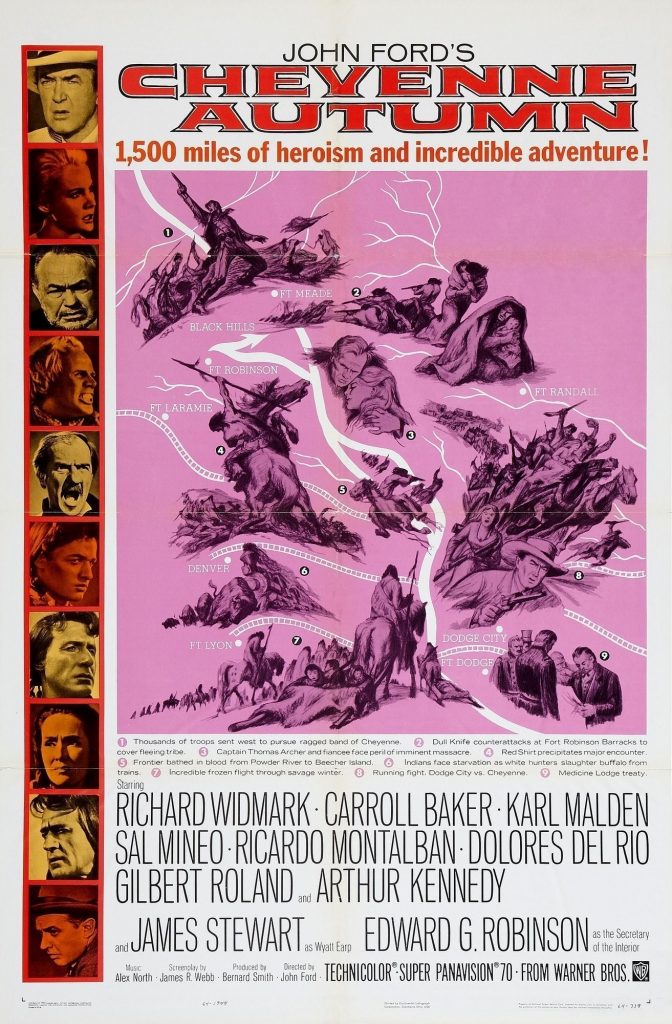



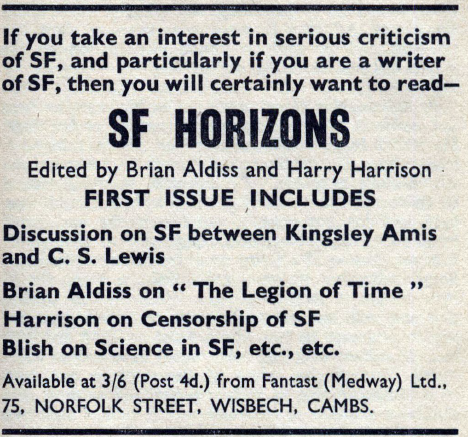
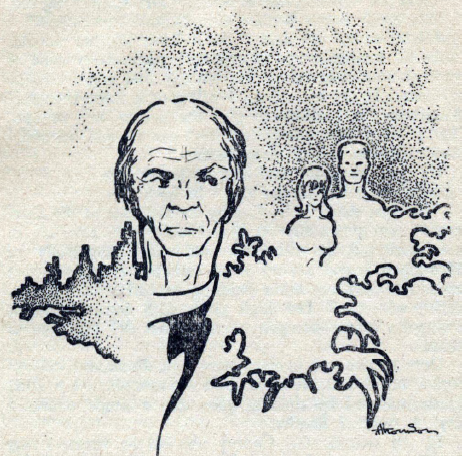
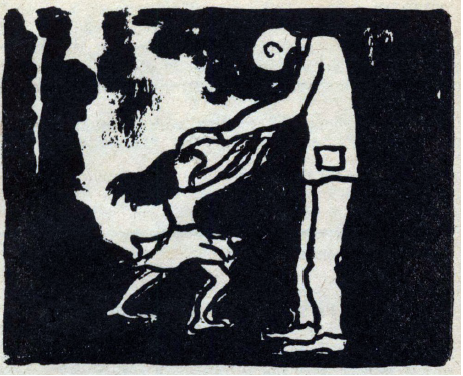

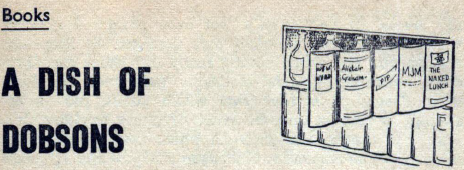
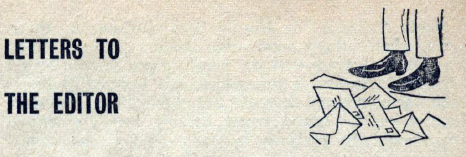

![[October 10, 1964] Drop The Bomb and We All Go Down (Sidney Lumet's <I>Fail Safe</I>)](https://galacticjourney.org/wp-content/uploads/2019/10/theend-672x350.jpg)









![[September 26, 1964] A Mystery Mastermind Double-Feature: The Ringer and The Death Ray of Dr. Mabuse](https://galacticjourney.org/wp-content/uploads/2019/09/hexer-499x372.jpg)




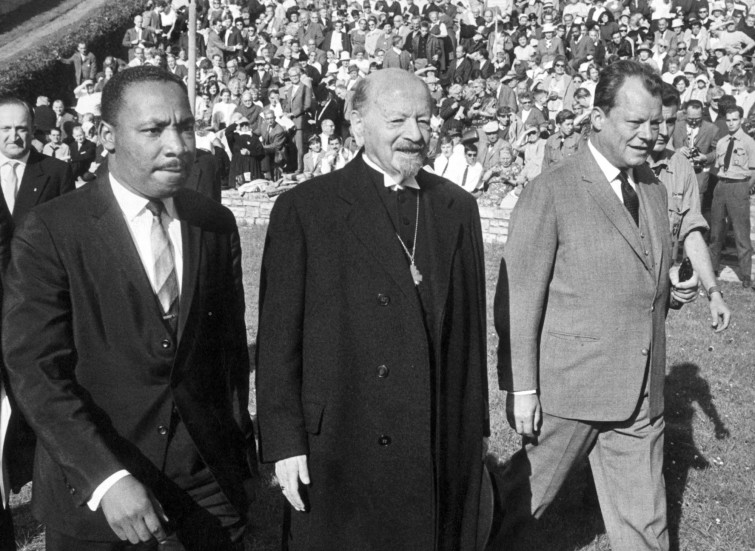
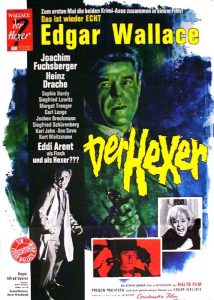 Der Hexer (The Ringer) is the twentieth Edgar Wallace adaptation produced by Rialto Film and one of the best, if not the best movie in the series so far. The Ringer is a pure delight and a distillation of everything that has made the Edgar Wallace series so successful. The balance of humour and thrills is just right and The Ringer will have you both rolling on the floor with laughter and on the edge of your seat with suspense. There are nefarious crimes, a mysterious figure – for once not the villain – whose true identity is not revealed until the final reel and a twisting and turning plot that still has a twist or two in store, even after the Ringer has been unmasked.
Der Hexer (The Ringer) is the twentieth Edgar Wallace adaptation produced by Rialto Film and one of the best, if not the best movie in the series so far. The Ringer is a pure delight and a distillation of everything that has made the Edgar Wallace series so successful. The balance of humour and thrills is just right and The Ringer will have you both rolling on the floor with laughter and on the edge of your seat with suspense. There are nefarious crimes, a mysterious figure – for once not the villain – whose true identity is not revealed until the final reel and a twisting and turning plot that still has a twist or two in store, even after the Ringer has been unmasked. The Ringer is based on Edgar Wallace's 1925 novel The Gaunt Stranger and its 1926 stage version The Ringer, though the literal translation of the German title would be "The Witcher". It's certainly apt, for the titular character is not just a master of disguise, but also has nigh sorcerous abilities to evade Scotland Yard's finest.
The Ringer is based on Edgar Wallace's 1925 novel The Gaunt Stranger and its 1926 stage version The Ringer, though the literal translation of the German title would be "The Witcher". It's certainly apt, for the titular character is not just a master of disguise, but also has nigh sorcerous abilities to evade Scotland Yard's finest.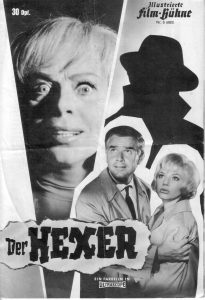 Unbeknownst to the killers, the murdered woman was Gwenda Milton, the younger sister of Arthur Milton, the vigilante known only as the Ringer for his uncanny ability to disguise himself as anybody he pleases. Years ago, Arthur Milton had given up his career of vigilantism and retired to Australia, far beyond the reach of the British law. But now he is back to take revenge on the murderers of his sister. Of course, both the villains and Scotland Yard are only too eager to capture the Ringer. There is only one problem. No one knows what he looks like.
Unbeknownst to the killers, the murdered woman was Gwenda Milton, the younger sister of Arthur Milton, the vigilante known only as the Ringer for his uncanny ability to disguise himself as anybody he pleases. Years ago, Arthur Milton had given up his career of vigilantism and retired to Australia, far beyond the reach of the British law. But now he is back to take revenge on the murderers of his sister. Of course, both the villains and Scotland Yard are only too eager to capture the Ringer. There is only one problem. No one knows what he looks like.
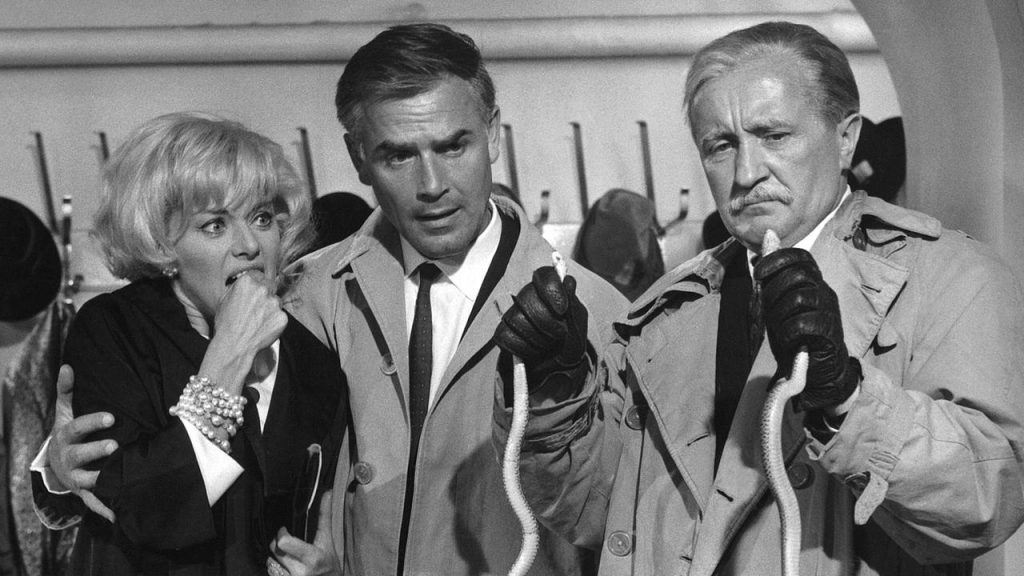
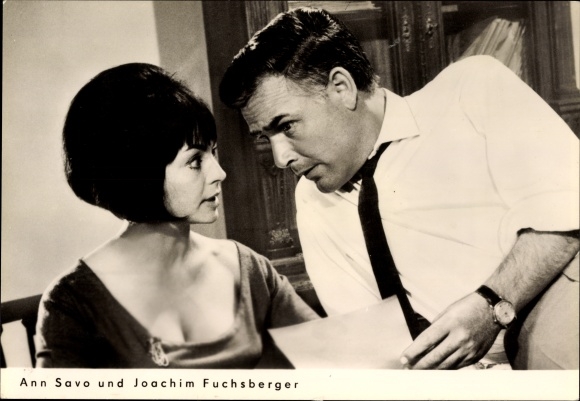

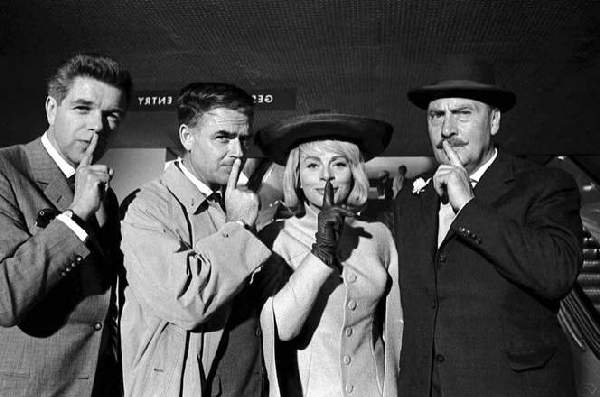
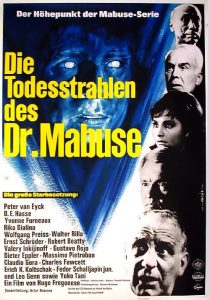 Unfortunately, the same cannot be said for the latest movie in the other great West German thriller series. For while the Dr. Mabuse series has been very good at reinventing itself in the five movies made post WWII (plus two made during the Weimar Republic) so far, the latest instalment Die Todesstrahlen des Dr. Mabuse (The Death Ray of Dr. Mabuse) shows definite signs of the series going stale.
Unfortunately, the same cannot be said for the latest movie in the other great West German thriller series. For while the Dr. Mabuse series has been very good at reinventing itself in the five movies made post WWII (plus two made during the Weimar Republic) so far, the latest instalment Die Todesstrahlen des Dr. Mabuse (The Death Ray of Dr. Mabuse) shows definite signs of the series going stale.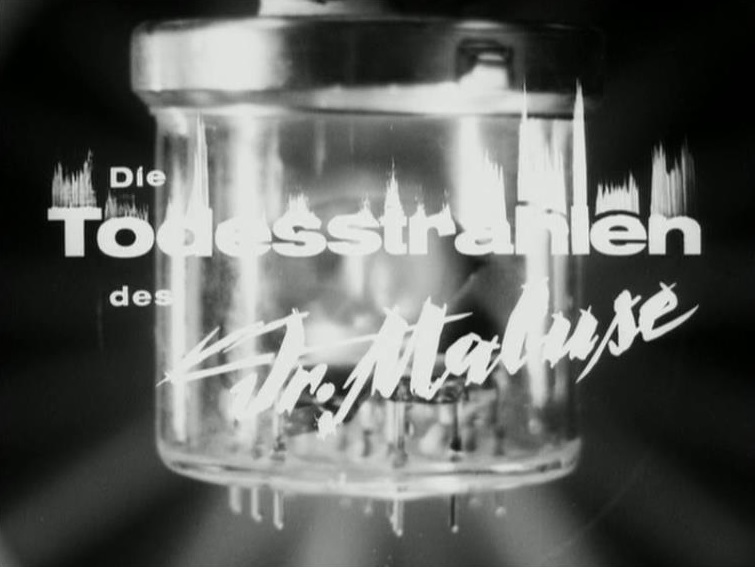
 Not long after Pohland's disappearance, Anders is given a new assignment – to investigate spy activities in Malta, where a scientist named Professor Larsen is working on an invention that will change the world. And that invention just happens to be a death ray. Anders no more thinks that this is a coincidence than the audience does. So he hastens to Malta, taking along Judy (former Miss Greece Rika Dialina), one of his many girlfriends, to pose as a newlywed couple on their honeymoon.
Not long after Pohland's disappearance, Anders is given a new assignment – to investigate spy activities in Malta, where a scientist named Professor Larsen is working on an invention that will change the world. And that invention just happens to be a death ray. Anders no more thinks that this is a coincidence than the audience does. So he hastens to Malta, taking along Judy (former Miss Greece Rika Dialina), one of his many girlfriends, to pose as a newlywed couple on their honeymoon.
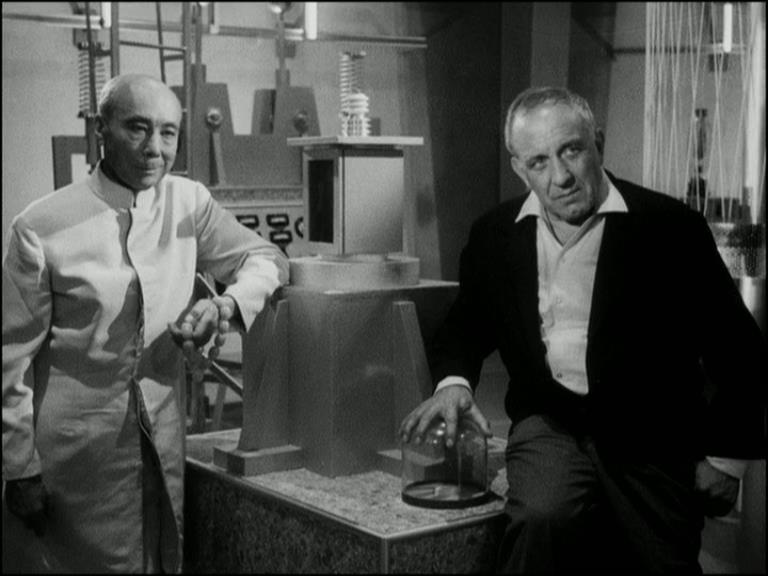

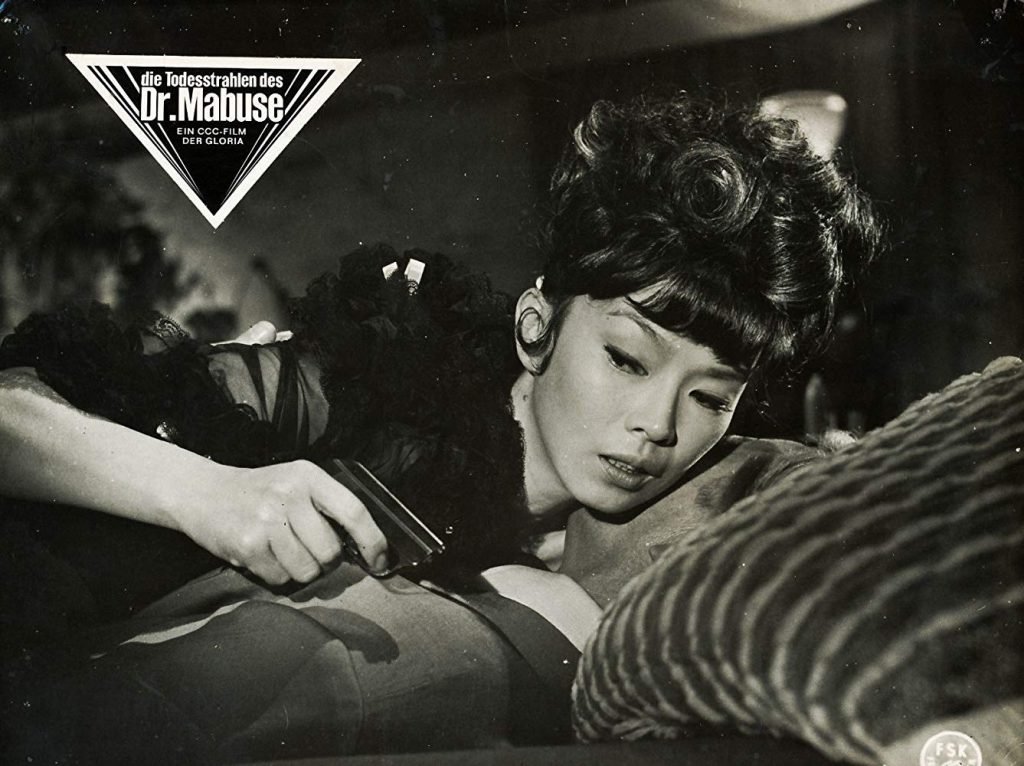
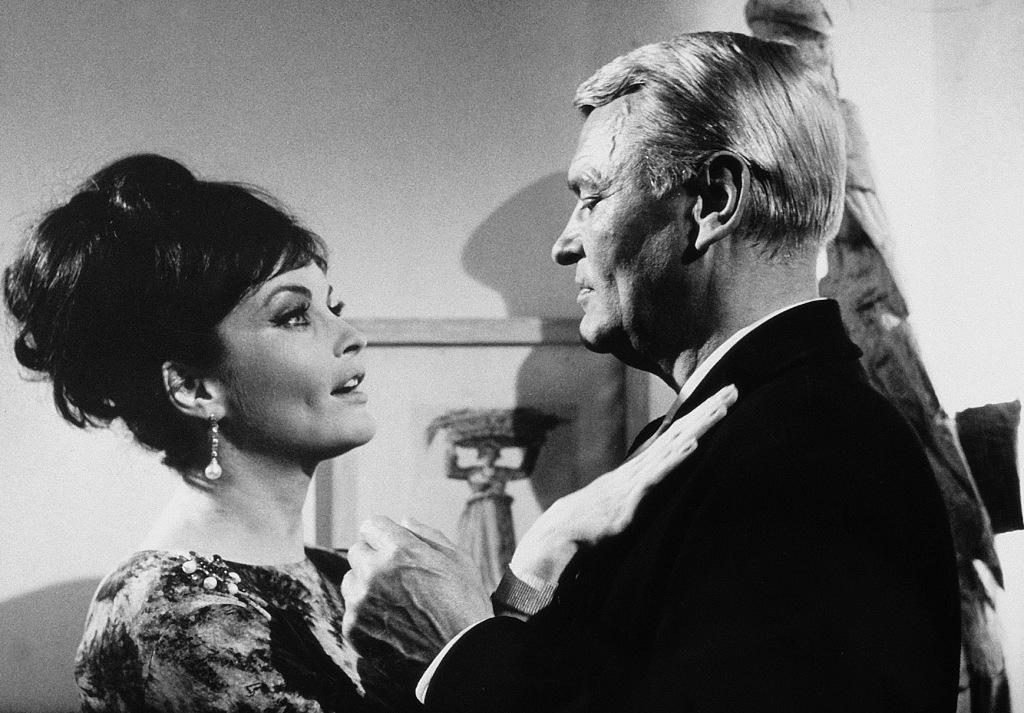
![[Aug. 7, 1964] Rematch! (<i>Mothra vs. Godzilla</i>)](https://galacticjourney.org/wp-content/uploads/2019/08/640807poster-597x372.png)

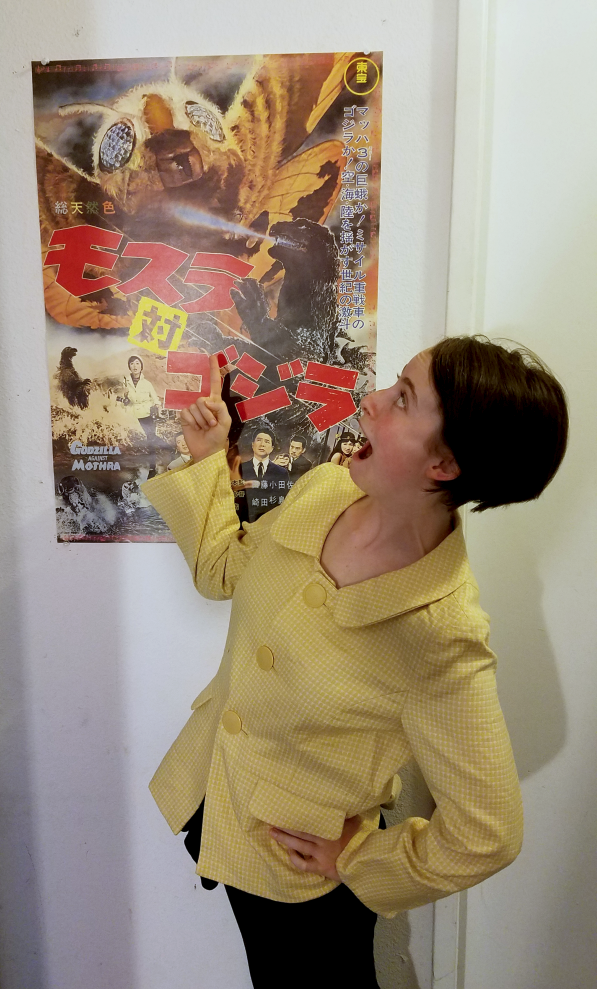

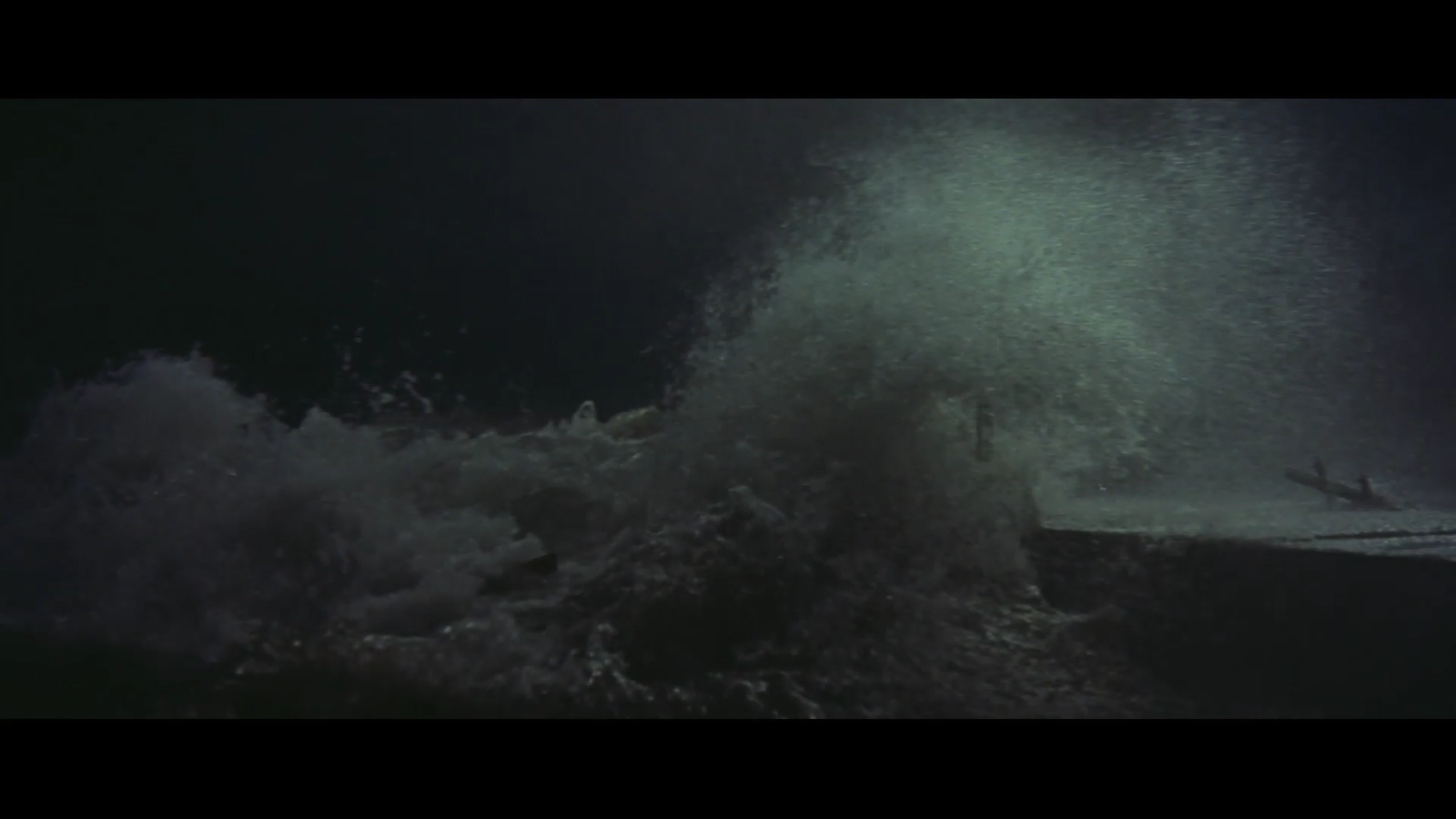


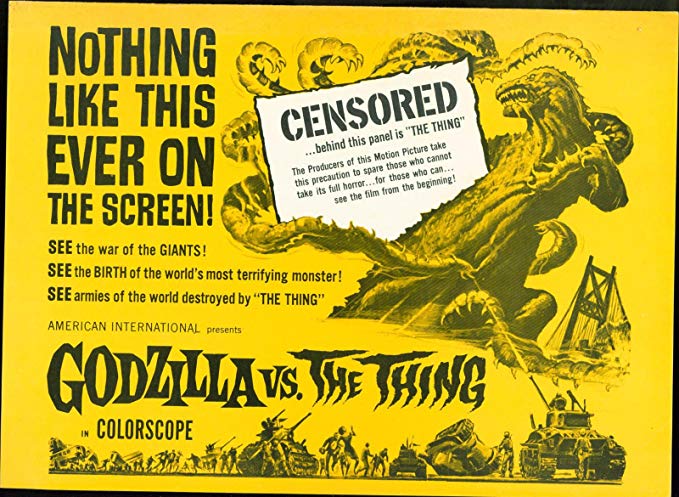

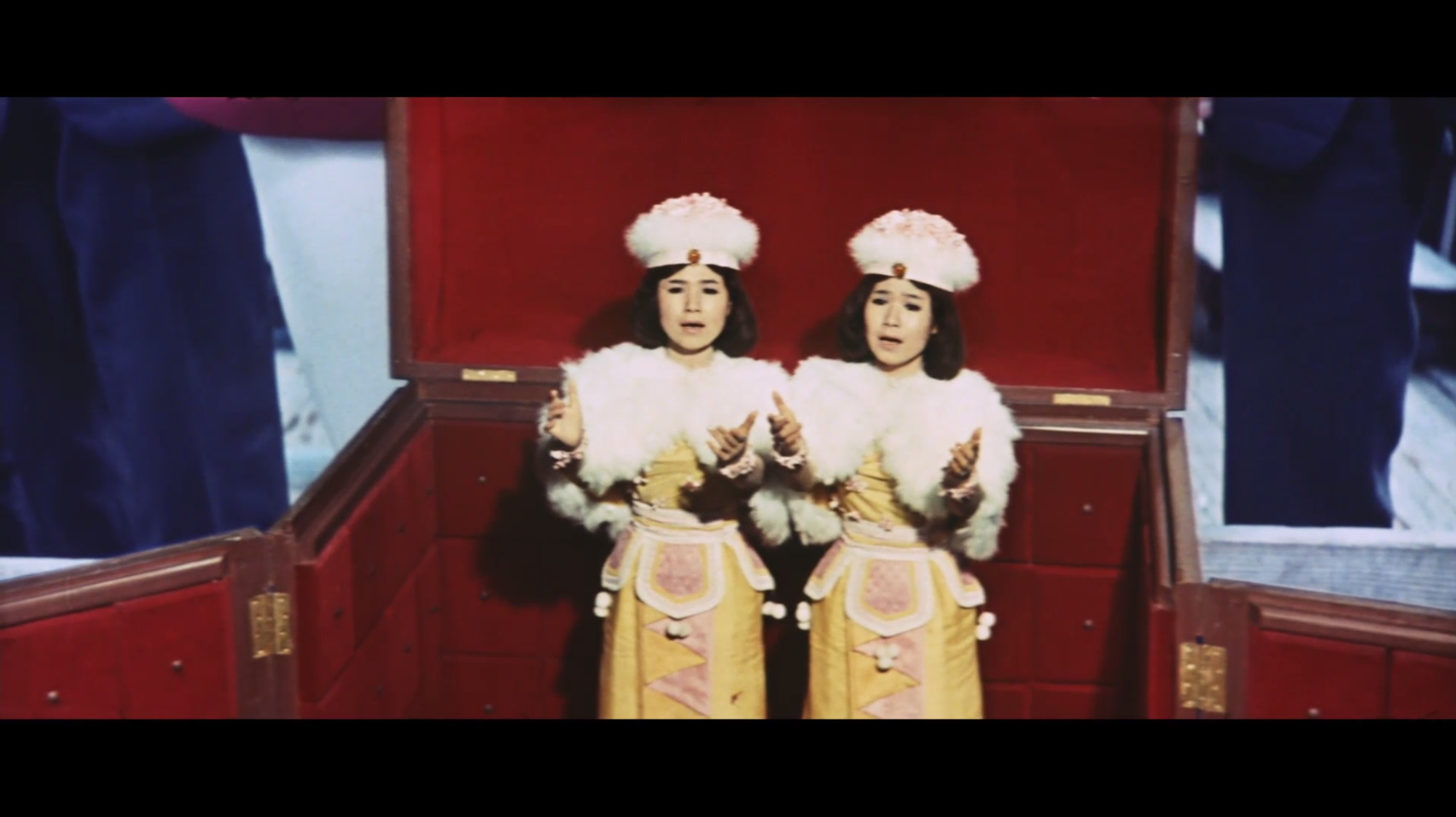


![[July 26, 1964] Yesterday's Tomorrows (<i>First Men in the Moon</i> and Other Steam Science Fiction Movies)](https://galacticjourney.org/wp-content/uploads/2019/07/first-men-in-the-moon-trailer-title.jpg)

 The super-submarine Nautilus; a thing of beauty.
The super-submarine Nautilus; a thing of beauty. Old Blue Eyes in a tiny role as a piano player.
Old Blue Eyes in a tiny role as a piano player.




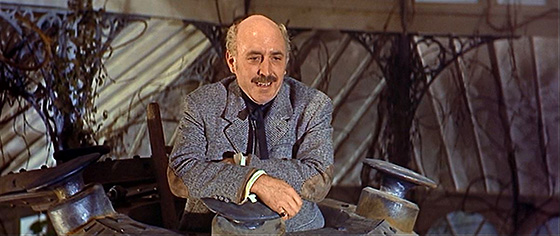




![[July 10, 1964] Greetings from the Red Planet (The Movie, <i>Robinson Crusoe on Mars</i>)](https://galacticjourney.org/wp-content/uploads/2019/07/640710b-672x372.jpg)

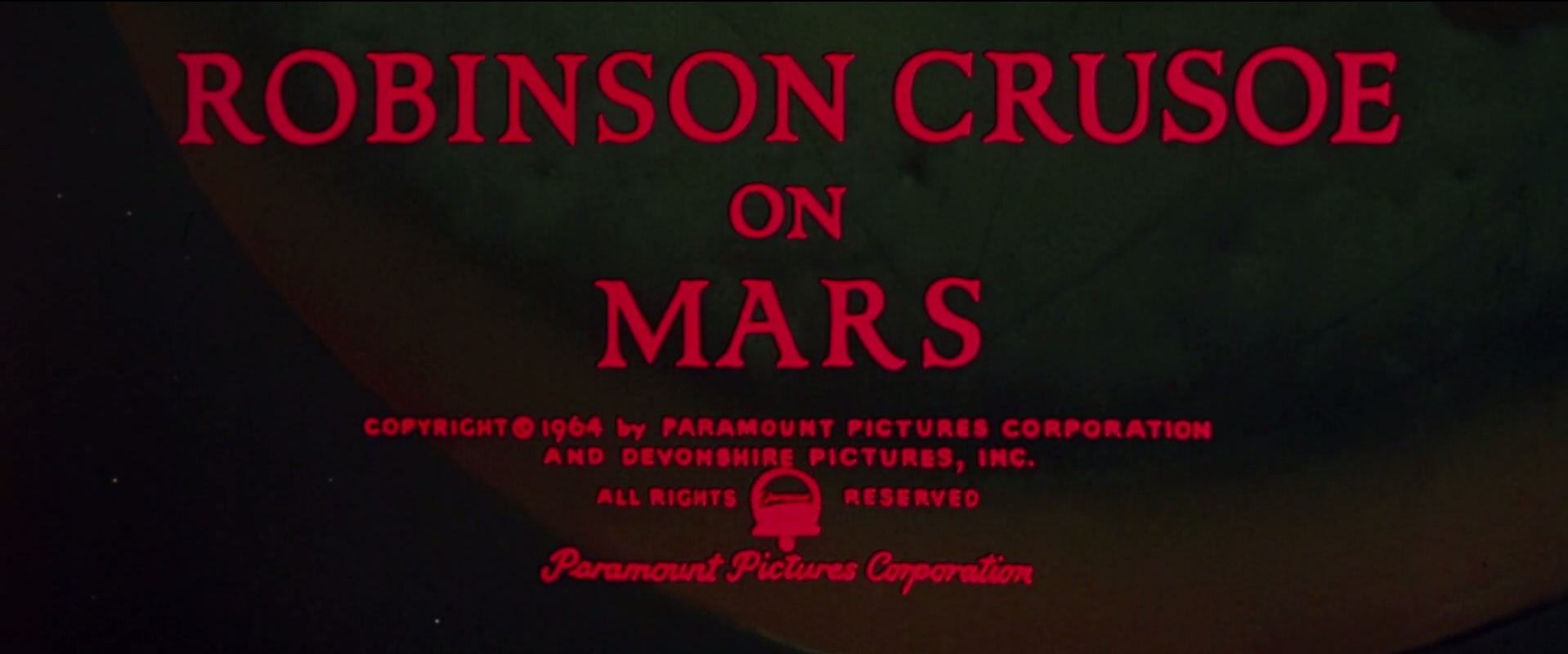
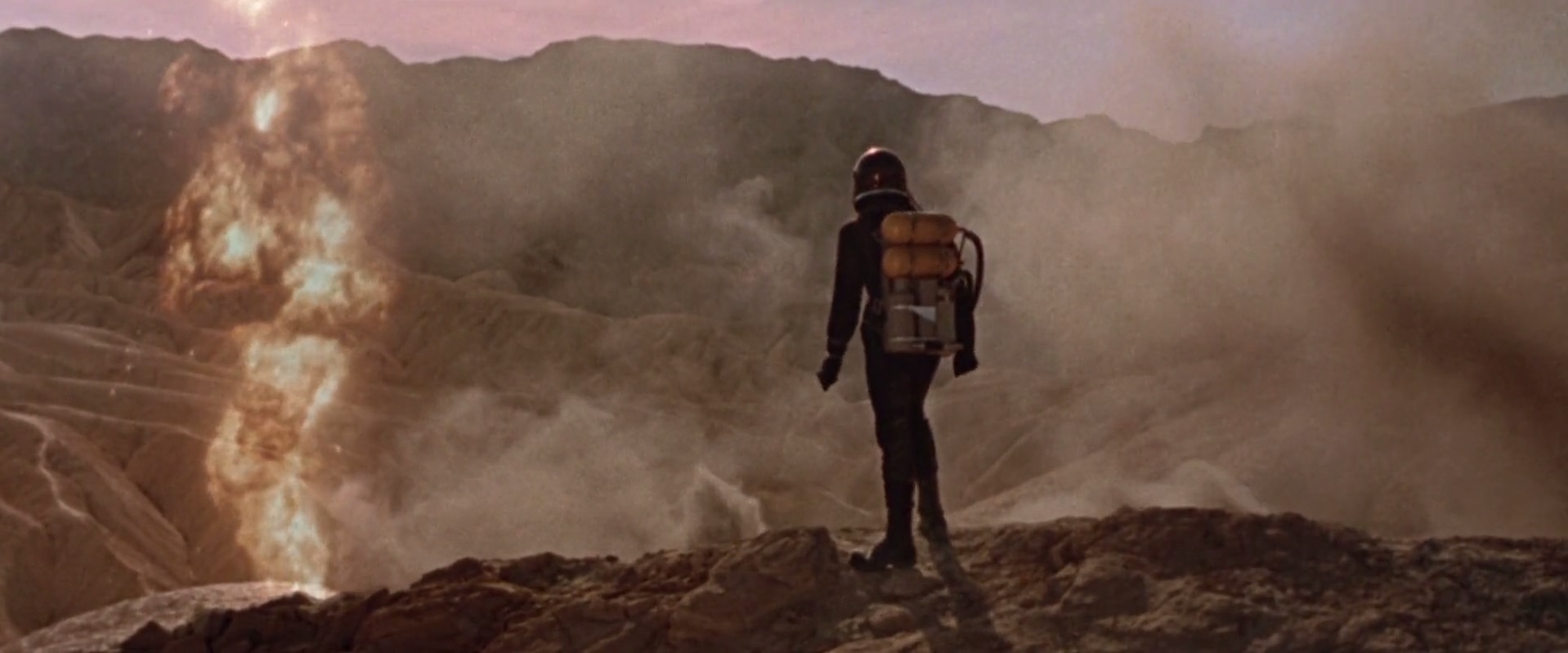
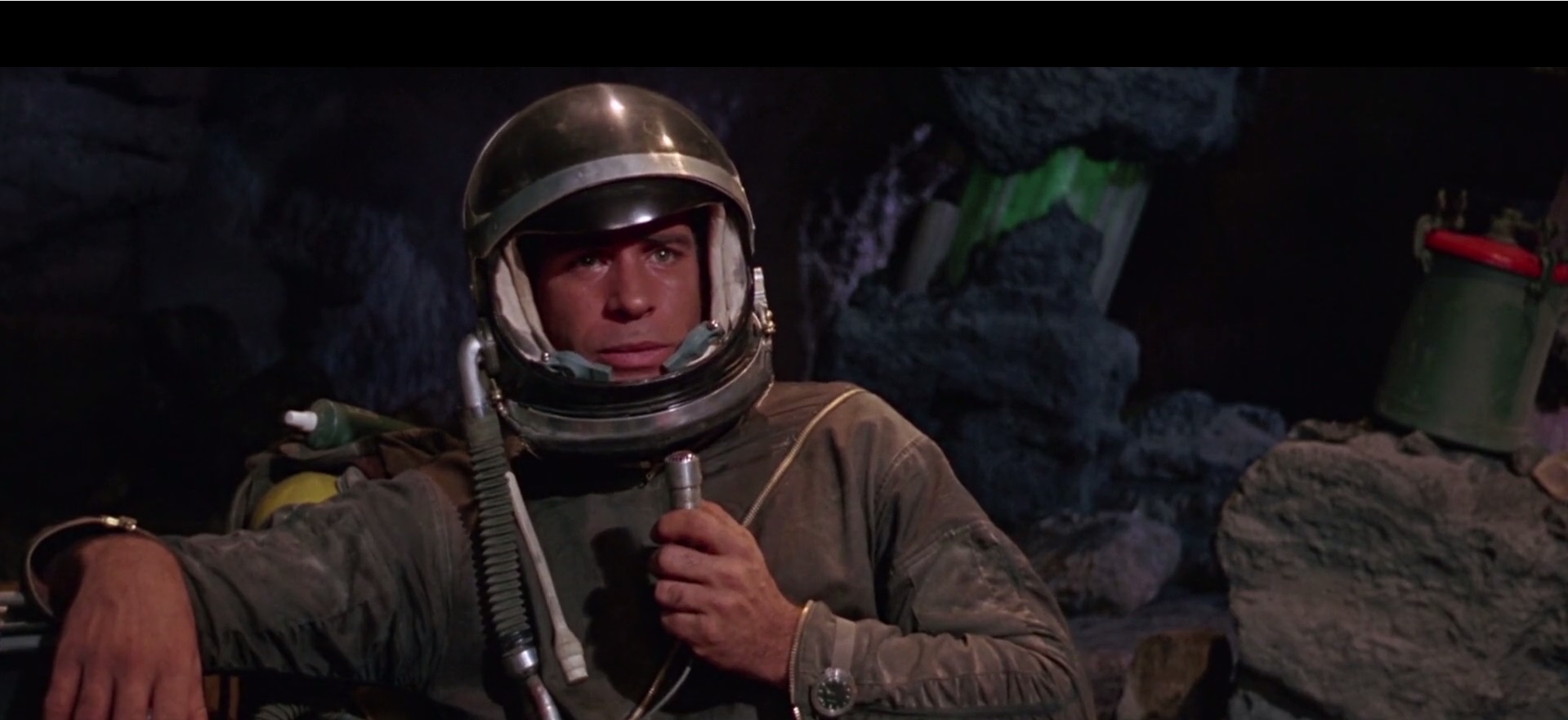

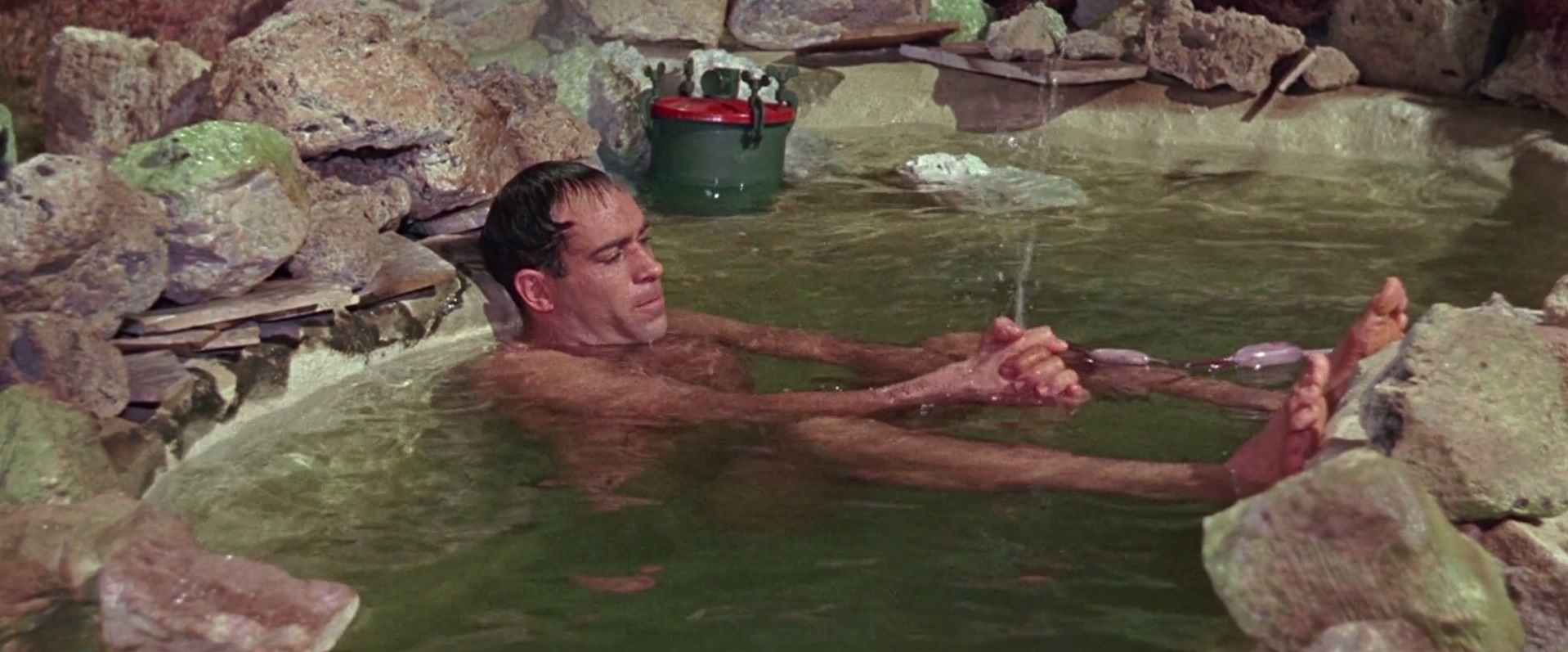
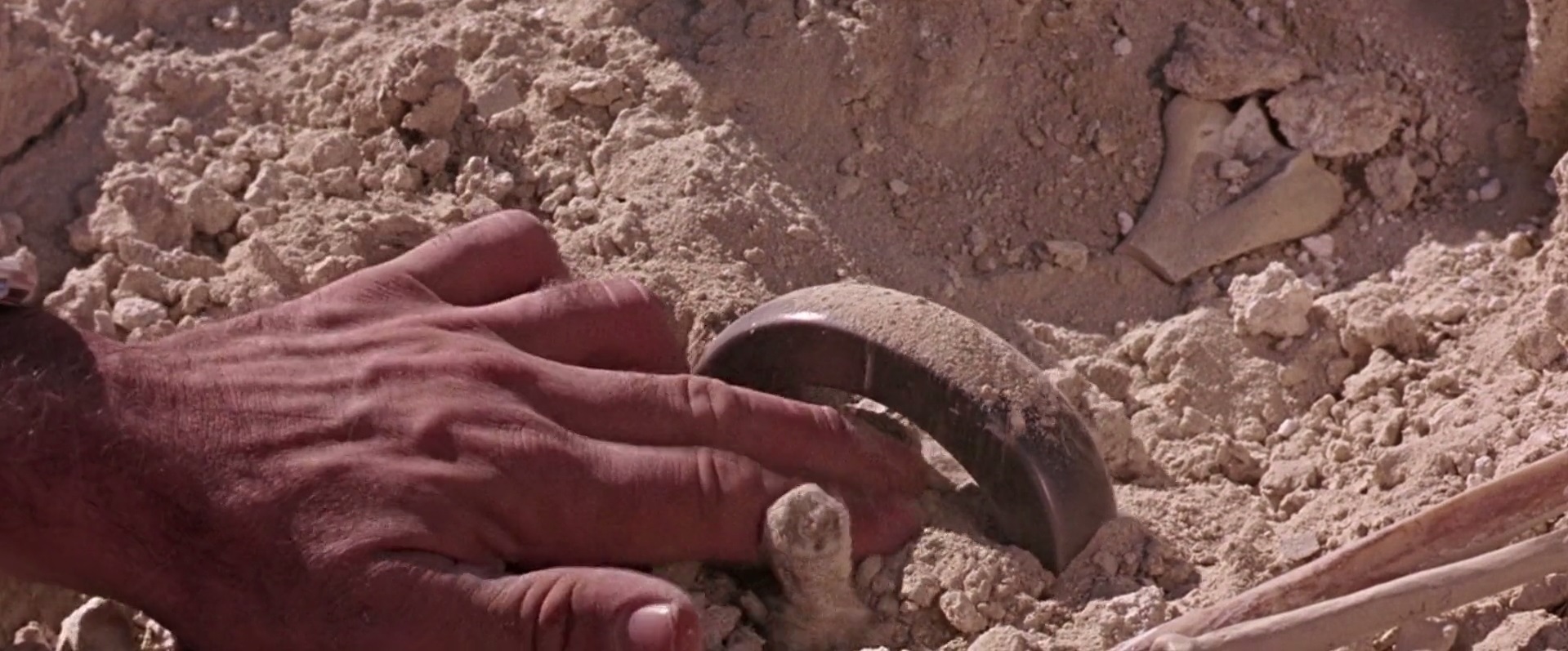

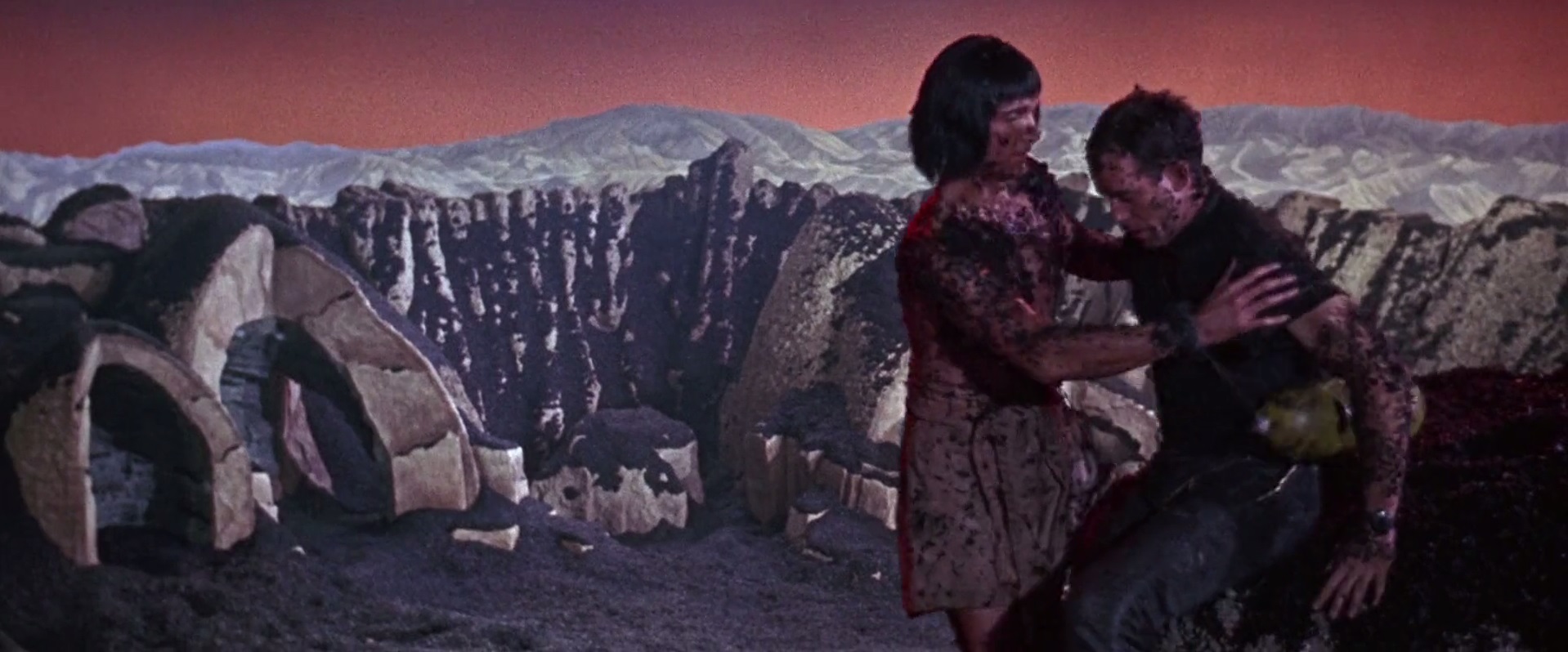
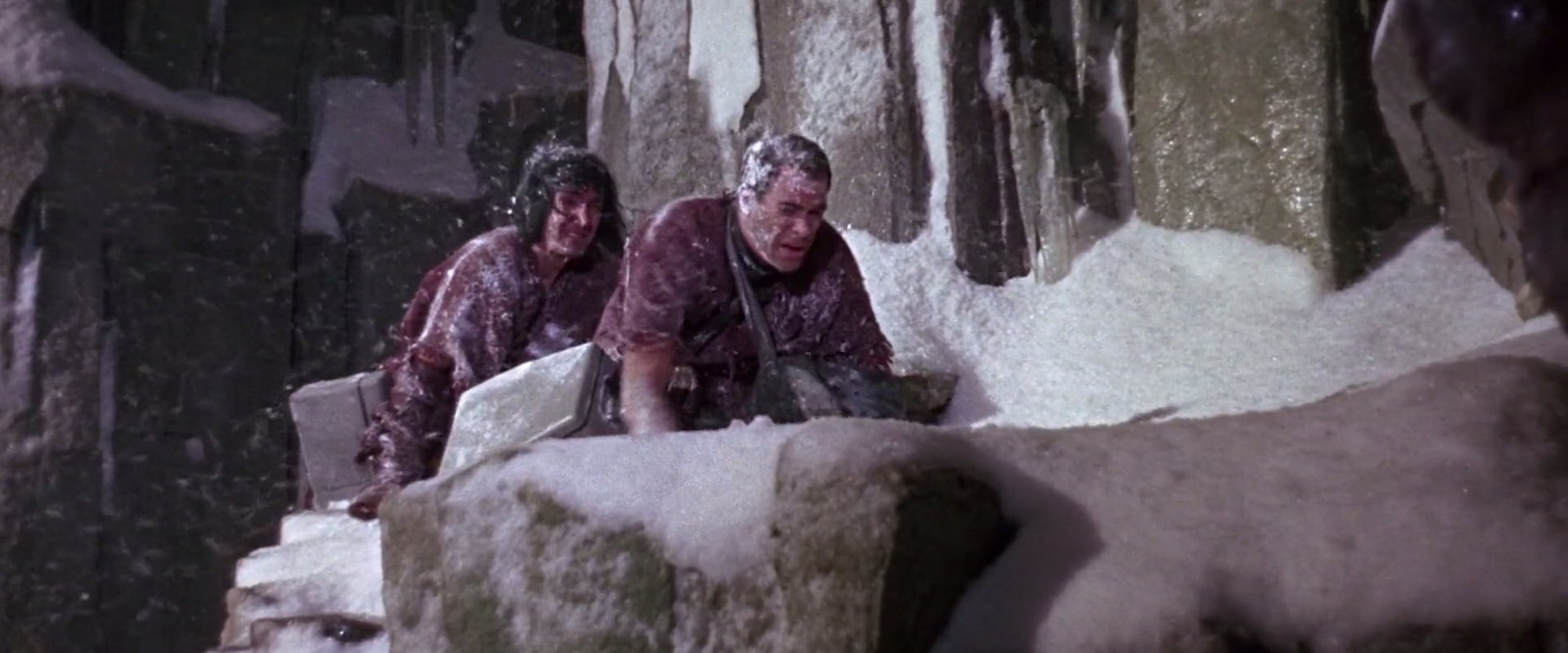



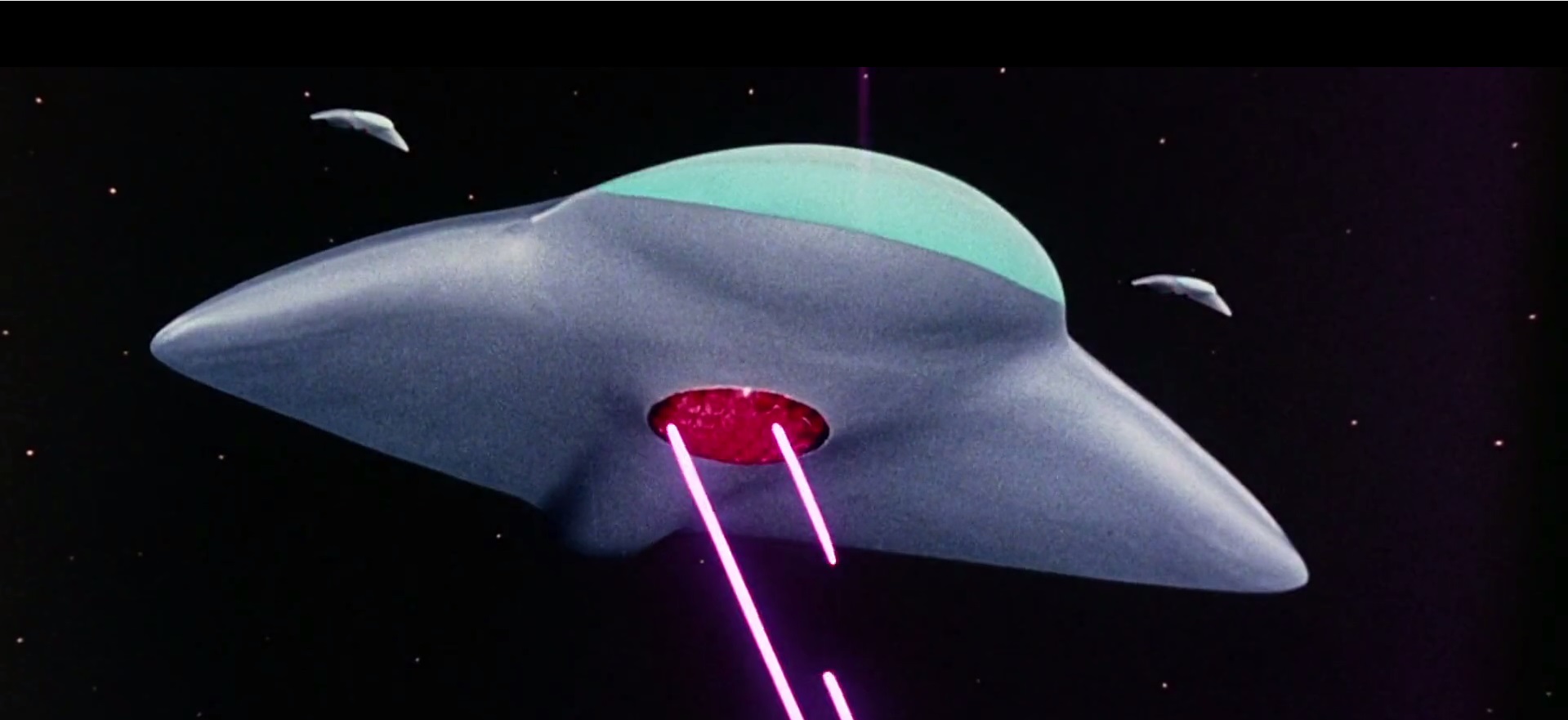
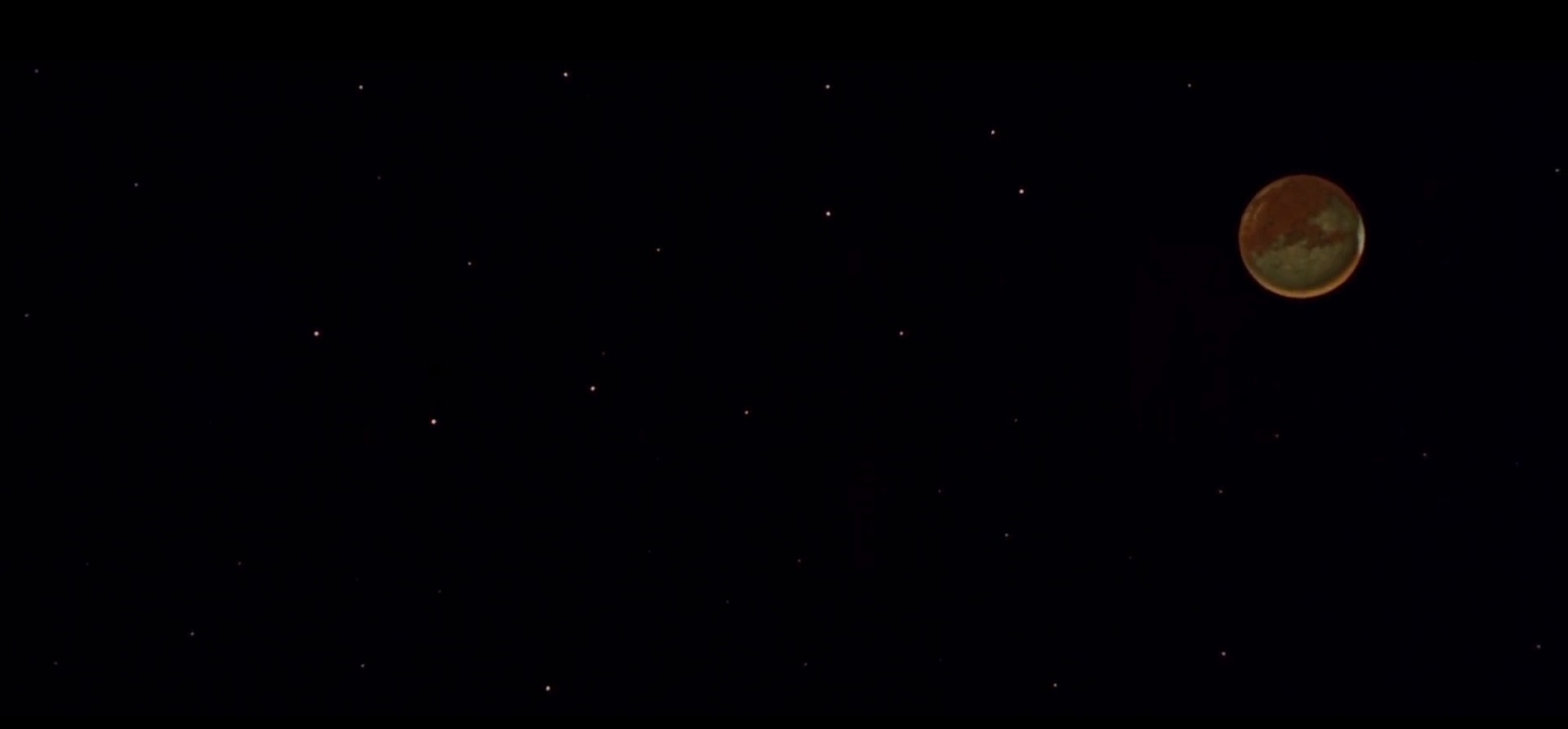
![[July 8, 1964] The Immortal Supervillain: The Remarkable Forty-Two Year Career of Dr. Mabuse](https://galacticjourney.org/wp-content/uploads/2019/06/Testament-1933-386x372.jpg)
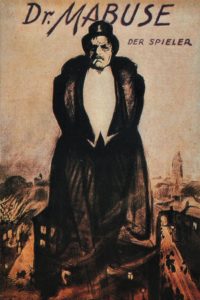
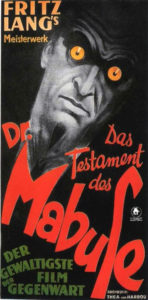
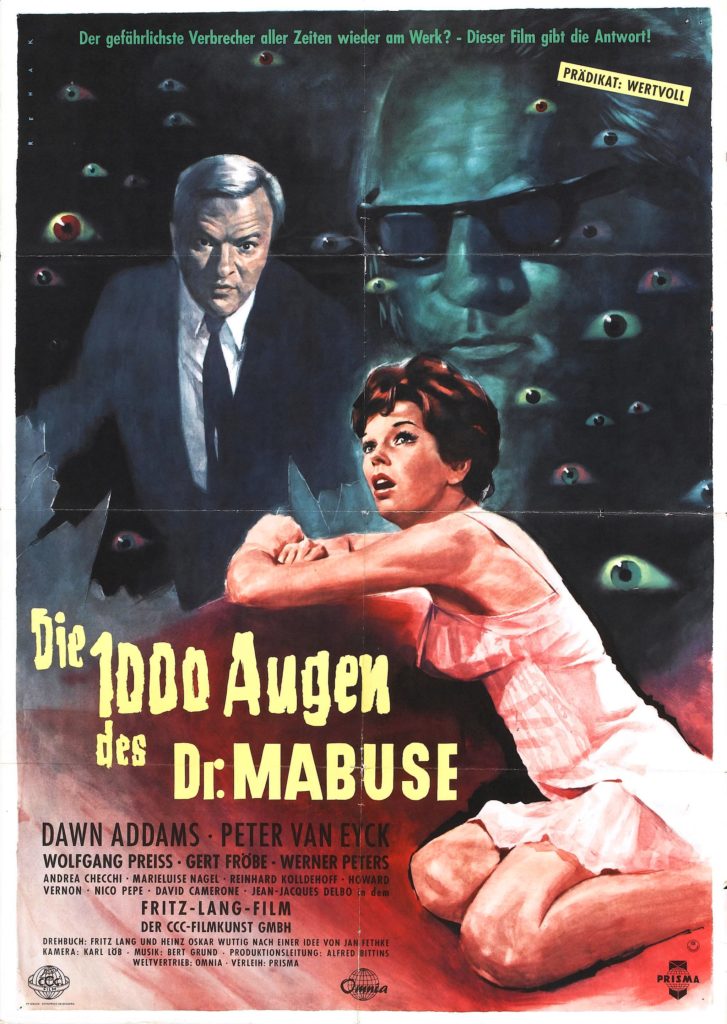


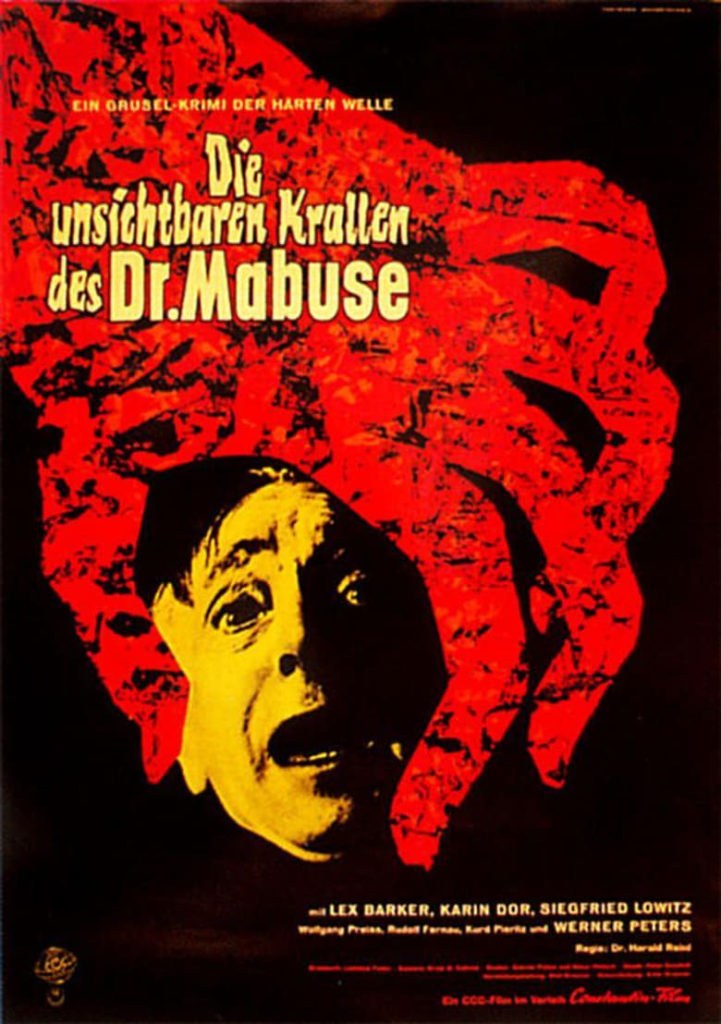

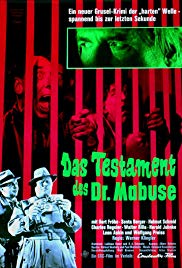
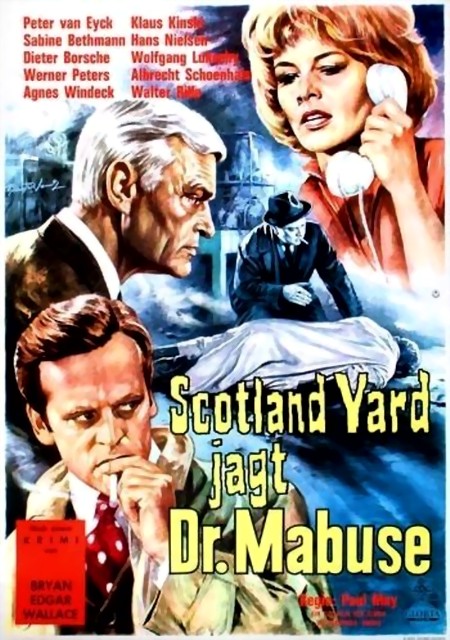
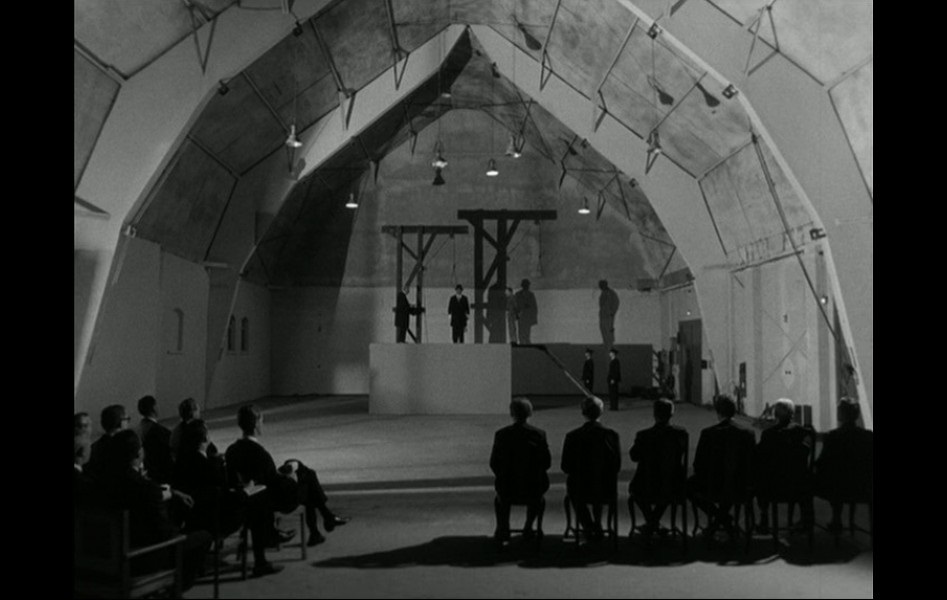
![[June 24, 1964] Death Has No Master (Roger Corman's <i>The Masque of the Red Death</i>)](https://galacticjourney.org/wp-content/uploads/2019/06/masqueposter-672x372.jpg)









![[June 10, 1964] What washed up (<i>Horror at Party Beach</i>)](https://galacticjourney.org/wp-content/uploads/2019/06/640610horror-459x372.jpg)






















